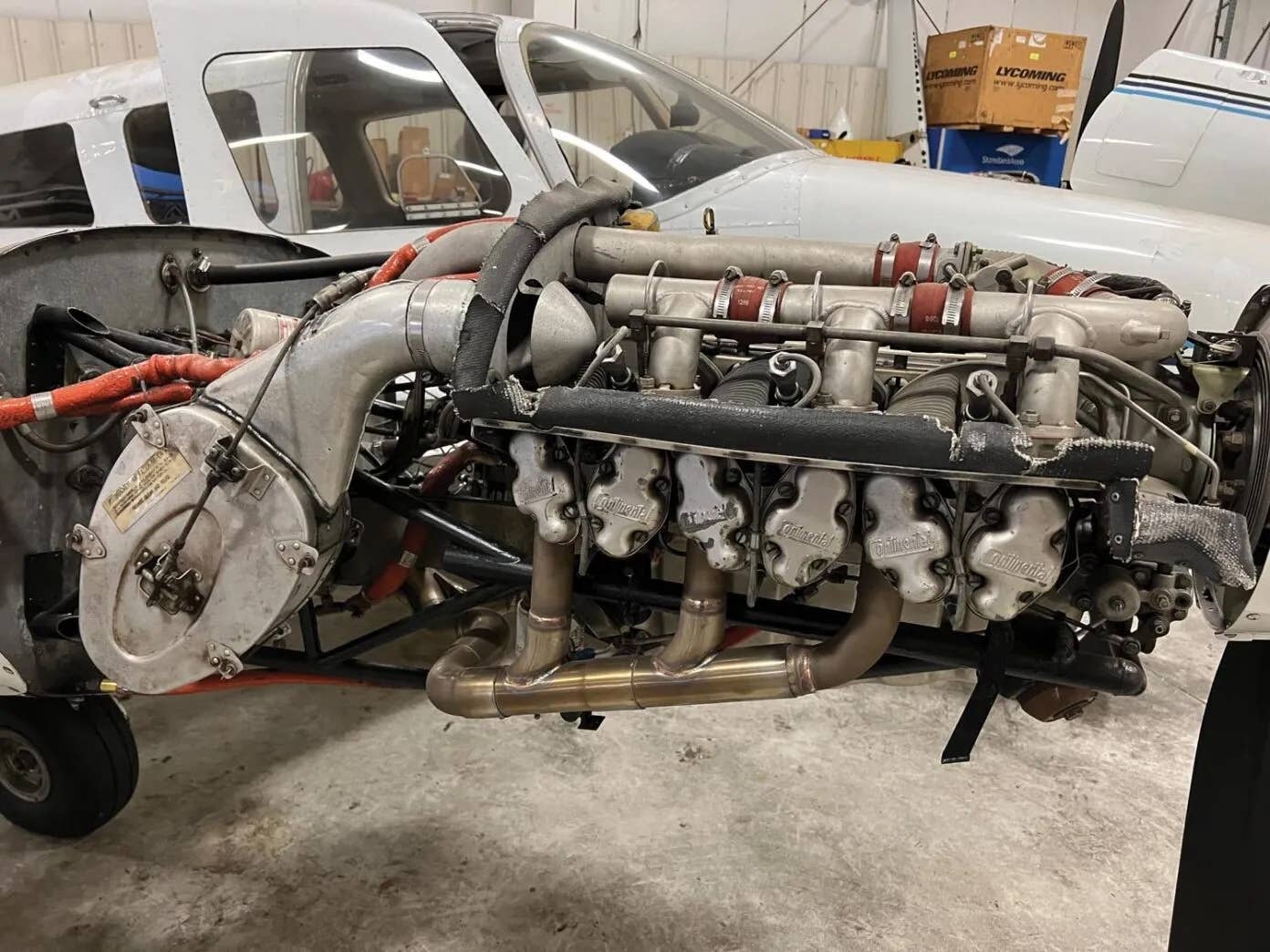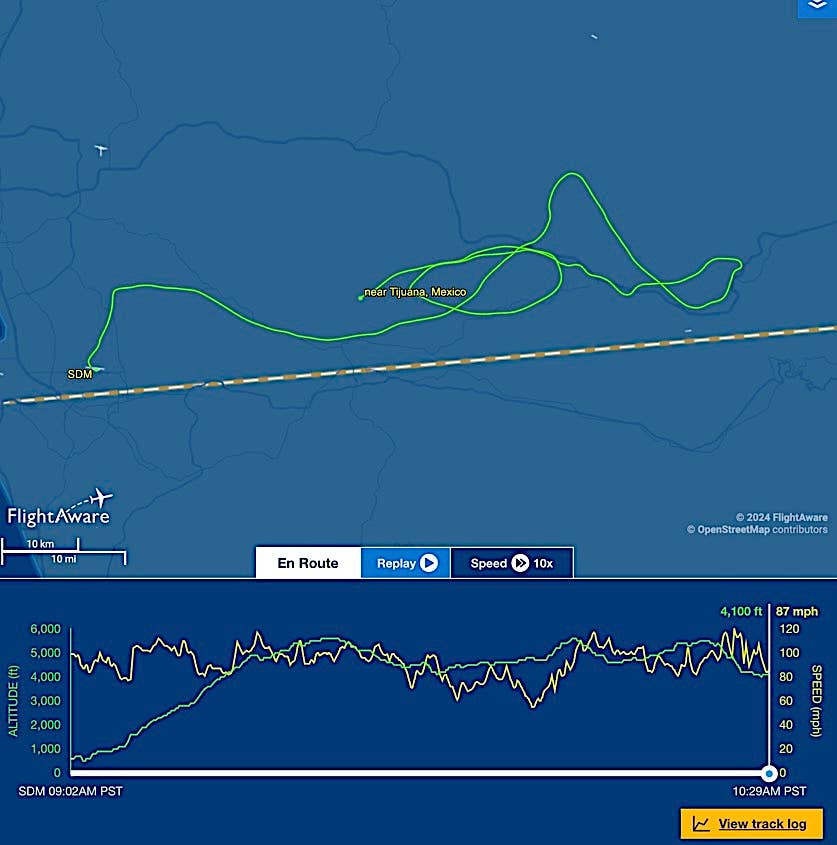General Aviation Accident Bulletin
AVweb’s General Aviation Accident Bulletin is taken from the pages of our sister publication, Aviation Safety magazine. All the reports listed here are preliminary and include only initial factual findings…

Aviation Safety Accident Bulletin
AVweb's General Aviation Accident Bulletin is taken from the pages of our sister publication, Aviation Safety magazine. All the reports listed here are preliminary and include only initial factual findings about crashes. You can learn more about the final probable cause on the NTSB's website at www.ntsb.gov. Final reports appear about a year after the accident, although some take longer. Find out more about Aviation Safety at www.aviationsafetymagazine.com.
July 1, 2021, North Pole, Alaska
Cessna 170B
At about 1500 Alaska time, the airplane was destroyed during a takeoff attempt. The pilot and three passengers were seriously injured. Visual conditions prevailed.
A witness observed the airplane take off and climb to about 100 feet above trees on the departure end of the runway. The airplane then made a sharp left turn. The left wing impacted a tree and the airplane descended into terrain. The airplane sounded normal throughout. The airplane came to rest upright and was destroyed in a post-crash fire.
July 1, 2021, Lamoni, Iowa
Cirrus Design SR22
The airplane was destroyed at about 0755 Central time during an apparent aborted landing attempt. The private pilot and passenger sustained fatal injuries. Visual conditions prevailed.
Several witnesses observed the airplane bounce during the attempted landing, followed by an increase in engine noise. The airplane veered left and pitched up, and then descended and “tumbled on the ground into a bean field” adjacent to the runway. A post-crash fire ensued.
July 1, 2021, Missoula, Mon.
Cessna 172R Skyhawk
At about 1149 Mountain time, the airplane was substantially damaged when it apparently flew into terrain under control. The pilot and passenger were fatally injured. Visual conditions prevailed.
According to ADS-B data, the airplane proceeded southwest after takeoff at 1141 and turned to a westerly heading at about 1743, at an altitude of 3850 feet MSL. The last recorded ADS-B target was at 1147:19, with the airplane at 5225 feet MSL and 68 knots groundspeed. The airplane came to rest about three miles southwest of the last ADS-B target, at an elevation of 4664 feet MSL.
July 1, 2021, Wichita, Kan.
Piper Aerostar 600
The airplane was substantially damaged at about 1920 Central time when it apparently ran out of fuel and was landed off-airport. The solo commercial pilot sustained serious injuries. Visual conditions prevailed.
When about five miles from his destination, the pilot told ATC he was experiencing engine trouble. He then shut down the right engine to preserve the remaining fuel and make it to the airport. According to the NTSB, the “airplane was unable to continue with powered flight with just the left engine operating.” The pilot performed a forced landing to a muddy wheat field about 2.5 from the destination. Examination revealed the fuel gauges showed “a zero indication. There was no evidence of fuel at the accident site or in the airplane.”
July 2, 2021, Roff, Okla.
Beechcraft 35-33 Debonair
At about 0225 Central time, the airplane was destroyed when it collided with terrain. The pilot and passenger were fatally injured. Unknown weather conditions existed at the accident site.
The airplane earlier had flown from Ada, Okla., to Ardmore, Okla. At about 2200, it took off and flew toward Ada, then turned around and landed back at Ardmore at about 2253. At 0211, the airplane took off again, headed for Ada. Its altitude varied between 1000 and 2000 feet MSL, climbing to 3000 feet once and then descending. Shortly before the flight track ended, it apparently entered a left turn, its groundspeed fluctuating. The last radar data point was about 0.20 miles northwest of the accident site with the airplane in a left turn at 102 mph. The airplane impacted trees and terrain. A nearby resident heard the noise but did not observe anything. The resident noted weather conditions were “very foggy and misty, with low visibility.”
July 3, 2021, Aspen, Colo.
Beechcraft G36 Bonanza
The airplane was destroyed at about 1838 Mountain time when it collided with terrain. The two pilots aboard were fatally injured. Visual conditions prevailed.
Prior to takeoff, the pilots rejected an IFR clearance requiring a climb to 17,000 feet, opting instead to climb VFR over the airport and proceed “once we see what’s going on.” As the flight climbed through 10,100 feet, the pilots informed the tower that they would depart to the east, stating “we’re above it,” and the controller approved a frequency change. The flight continued to the east and southeast and soon approached a ridgeline topping out at over 13,000 feet. Tracking data indicated the airplane was at 11,500 feet MSL as it approached the ridgeline, then it dropped off radar.
This article originally appeared in the October 2021 issue of Aviation Safety magazine.
For more great content like this, subscribe to Aviation Safety!






